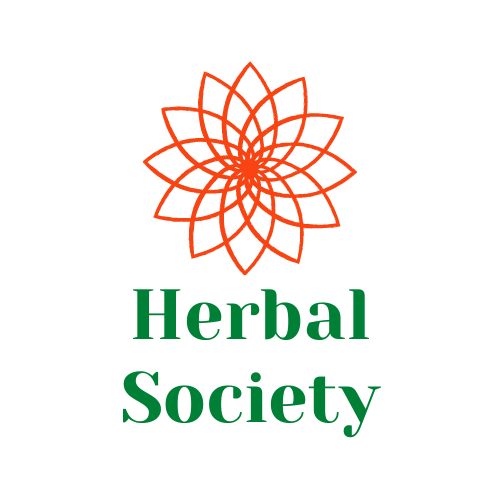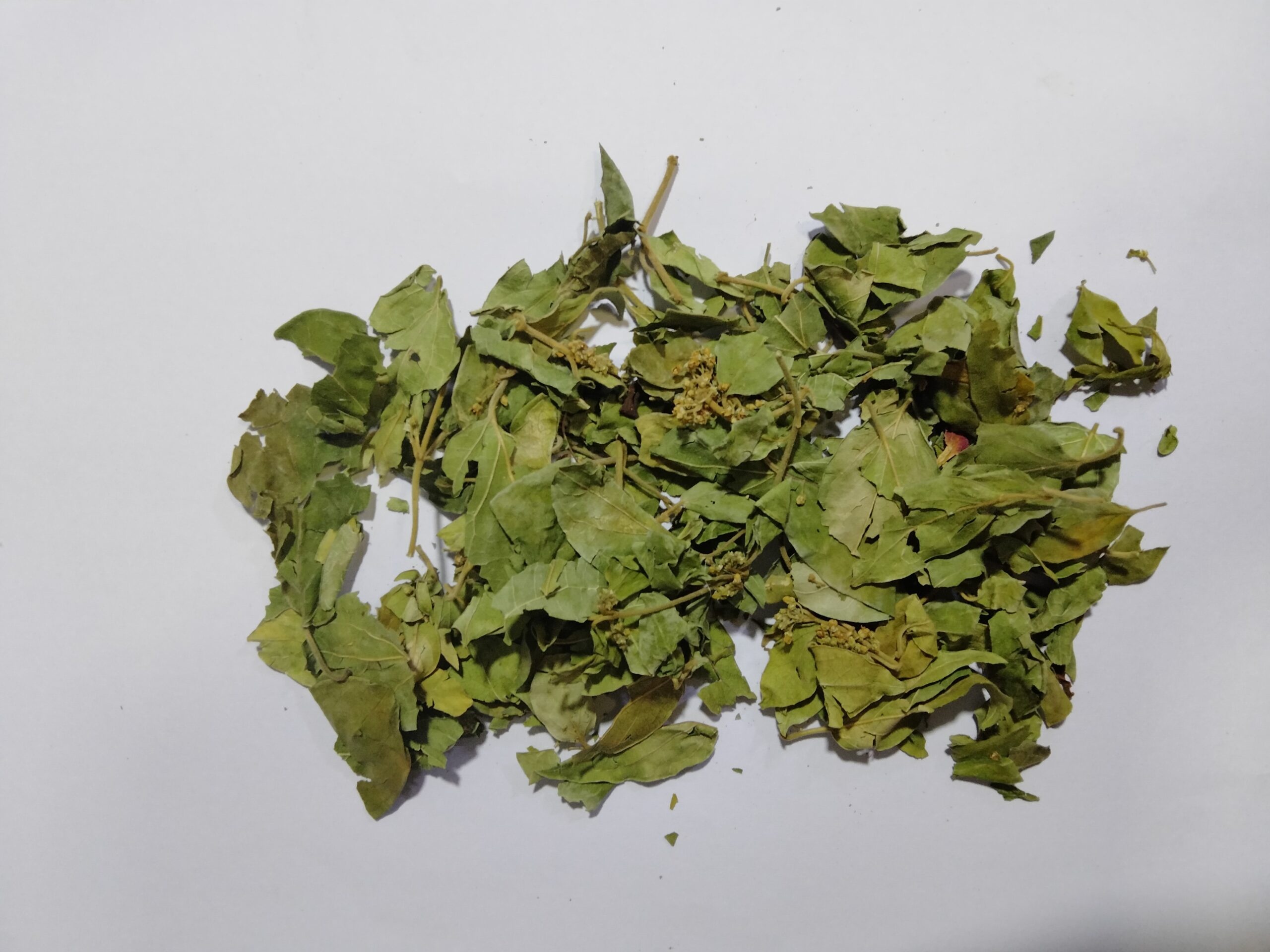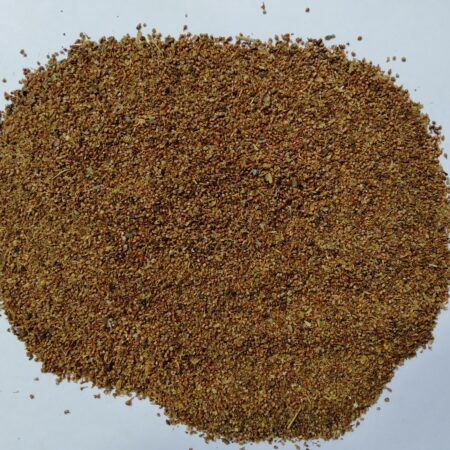Description
Sirukurinjan Podi is a folk medicine made from powdered leaves of the Sirukurinjan plant. It is used to control diabetes, stimulate appetite, and relieve nervous exhaustion. It helps in controlling diabetes. To reduce sugar levels, you can mix small fenugreek powder with nutmeg powder and consume it mixed with hot water. If you make a decoction of Sirukurinjan leaves and drink it, you will feel a good appetite. If you mix small fenugreek seeds powder with cow’s milk and eat it, your nerves will become stronger. Regular consumption will improve your health.
சிறுகுறிஞ்சான் பொடி என்பது சிறுகுறிஞ்சான் செடியின் இலைகளை பொடியாக்கி செய்யப்படும் ஒரு நாட்டு மருந்து. இது நீரிழிவு நோயைக் கட்டுப்படுத்தவும், பசியை தூண்டவும், நரம்புத் தளர்ச்சியை போக்கவும் பயன்படுகிறது. நீரிழிவு நோயைக் கட்டுப்படுத்த உதவுகிறது. சர்க்கரை அளவைக் குறைக்க, நாவல் கொட்டை பொடியுடன் சேர்த்து, வெந்நீரில் கலந்து சாப்பிடலாம்.
இலைகளை கஷாயம் செய்து குடித்தால், நல்ல பசி உணர்வு தூண்டப்படும். பசும்பாலில் கலந்து சாப்பிட்டால், நரம்புகள் வலிமை பெறும். தொடர்ந்து சாப்பிட்டு வந்தால் உடல் ஆரோக்கியம் மேம்படும்.







Reviews
There are no reviews yet.